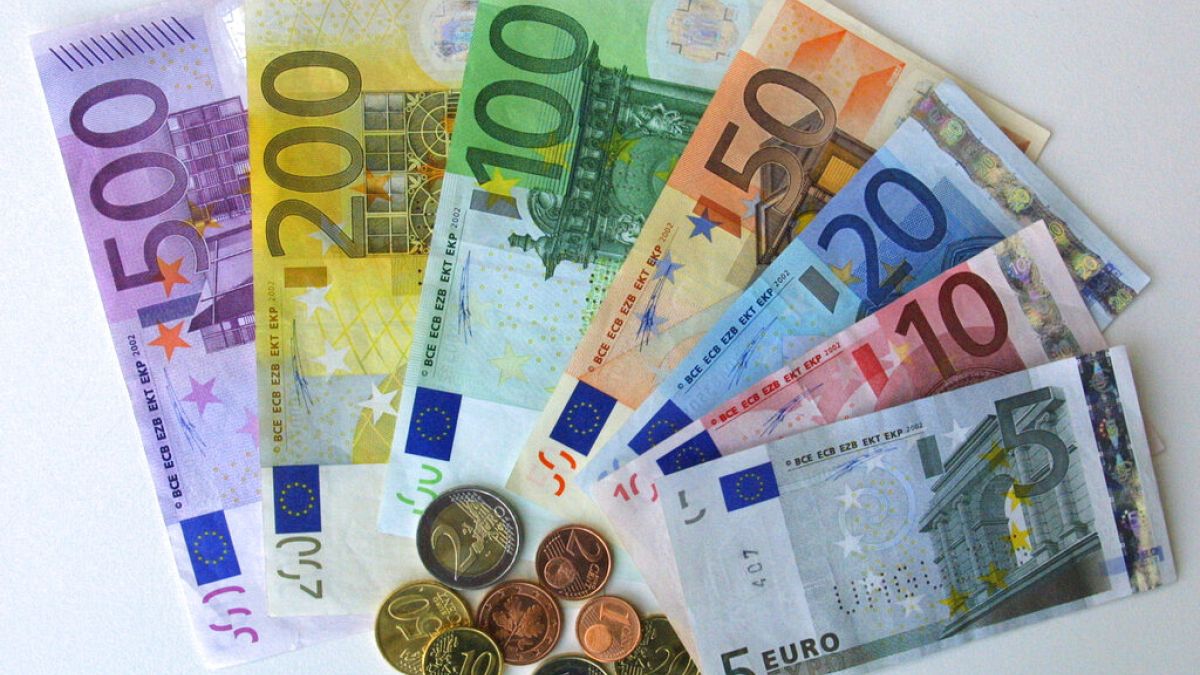Analysis reveals huge disparities in labour income share in GDP among European countries. Falling shares are likely to raise income inequality.
The labour income share in Gross Domestic Product (GDP) presents a downward trend in Europe. This means that workers are getting a smaller slice of the cake. Falling labour shares are frequently associated with rises in income inequality as capital tends to be concentrated at the upper ends of income distribution.
Defined by the International Labour Organisation (ILO), the labour income share in GDP is the ratio, in percentage, between total labour income and GDP, both provided in nominal terms. Labour income includes the compensation of employees and part of the income of the self-employed.
In 2021, labour income shares in GDP varied considerably across EU countries, ranging from 30.6% in Ireland to 62.5% in the Netherlands according to ILO estimates.
When EU candidates, European Free Trade Association–EFTA countries and the UK are included, Switzerland had the highest ratio at 70.5% while Ireland still had the lowest share.
On average, the labour received 57% of GDP in the EU. This 53.8% in Europe and Central Asia.
Labour share was higher than the EU average in ‘Big Four’ and the UK
Labour income share was higher than the EU average in the EU’s ‘Big Four’ namely Germany (61.4%), France (59.8%), Spain (59.1%) and Italy (58%).
Labour share was also above the EU average in the UK (59%).
Candidate countries had lower shares than the EU
Except for Moldova (59%), labour share in candidate countries was below the EU average, ranging from 32.2% in Turkey to 52.3% in Serbia.
Three Nordic countries, Finland, Sweden and Norway, had also lower labour shares than the EU average.
Ireland had lowest shares by far, why?
In 2021, Ireland and Turkey had the lowest labour income shares by far. Compared to the EU average, they were outliers.
“The main thing to say here is that GDP is distorted in Ireland due to the tax planning activities of US multinationals,” Dr Tom McDonnell, co-director of the Nevin Economic Research Institute which is based in the Dublin office, told Euronews Business.
“They locate IP and other assets in Ireland in order to minimise their corporation tax liabilities and for other reasons. This appears in the national accounts within the ‘capital share’ of income and makes the labour share appear smaller than it really is,” he added.
However, this does not explain the whole story. Reminding us that economists often refer to gross national income (GNI) to measure economic activity, “If Ireland’s labour share was 30.6% of GDP then it was 42.32% of GNI*. That brings Ireland up to 3rd worst instead of worst,” he said.
How has labour income share changed?
ILO estimates, which starts from 2004, indicate a downward trend in Europe.
In the EU, the labour income share as a percent of GDP was 58.9% in 2004 and reached its peak at 60% in 2009. This ratio fell to 57% in 2021, which is the lowest figure since 2004.
Looking at the changes in labour income share between 2011 and 2021, the EU average fell by 1.8 percentage points (pp). Ireland reported the biggest decrease by 19.9 pp.
“Ireland’s low and declining labour share is probably due to the importance and the rapid growth of foreign-owned multinationals in Ireland, whose financial activities have boosted the GDP of Ireland much more than its employment and wages,” Patrick Belser, Senior Economist and Wages Specialist at the ILO, told Euronews Business.
Labour share rose by 11 pp in Latvia, followed by Bulgaria and Lithuania at around 9 pp.
The usual explanations for changes in labour shares include technological change, global integration, financial markets, product and labour market institutions, the bargaining power of labour and unemployment according to “the Labour Share in G20 Economies” report of ILO and OECD.
Reasons behind huge disparities
“There can be many reasons behind the disparities in labour income shares across countries,” Patrick Belser told Euronews Business.
The labour share may be lower in countries that are
● more capital-intensive
● more open to trade, which limits scope for wage growth because of the need to remain internationally competitive
● have weak systems of collective bargaining – as collective bargaining allows for a fair distribution of economic growth between capital and labour
Roger Gomis, Senior Economist at ILO, said that economic structure has a high impact on labour income shares. He underlined that high skills levels of the labour force tend to result in higher labour income shares.
ILO also found that topics like automation, the gig economy, or globalisation have a strong link with labour income statistics.

